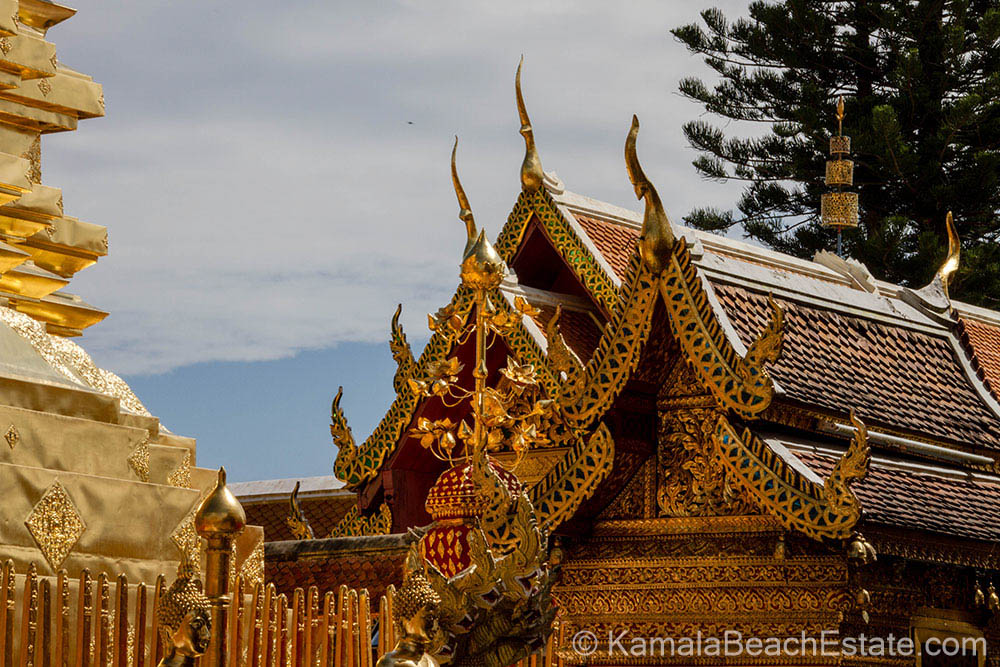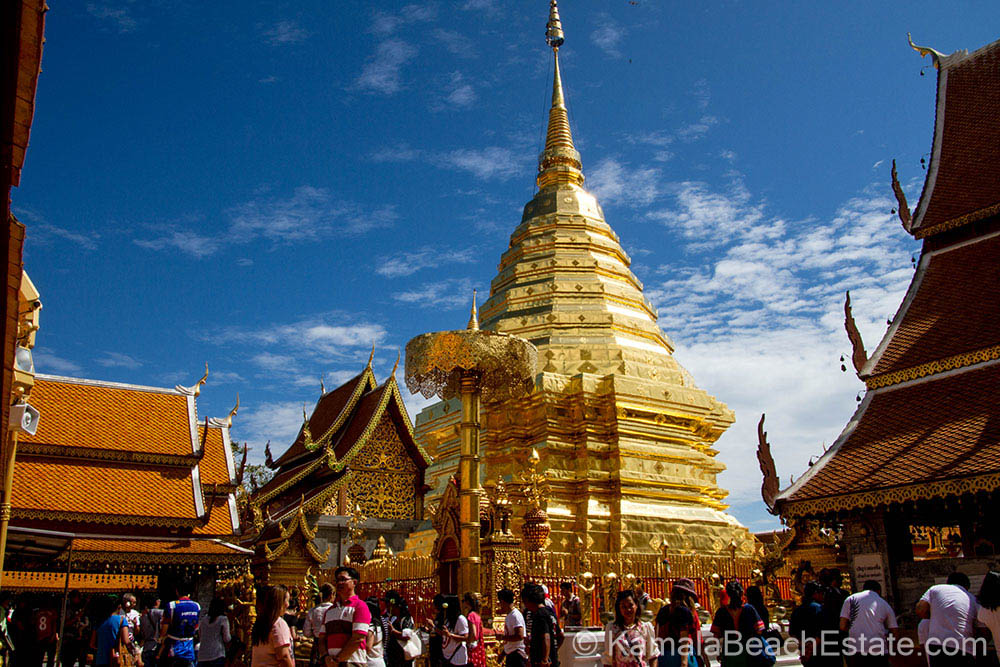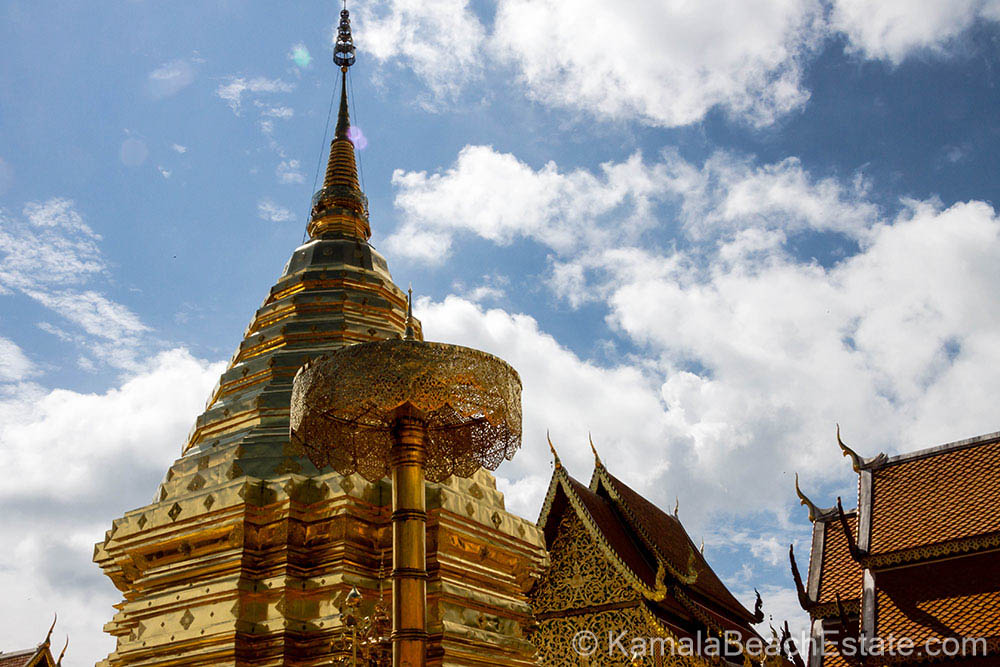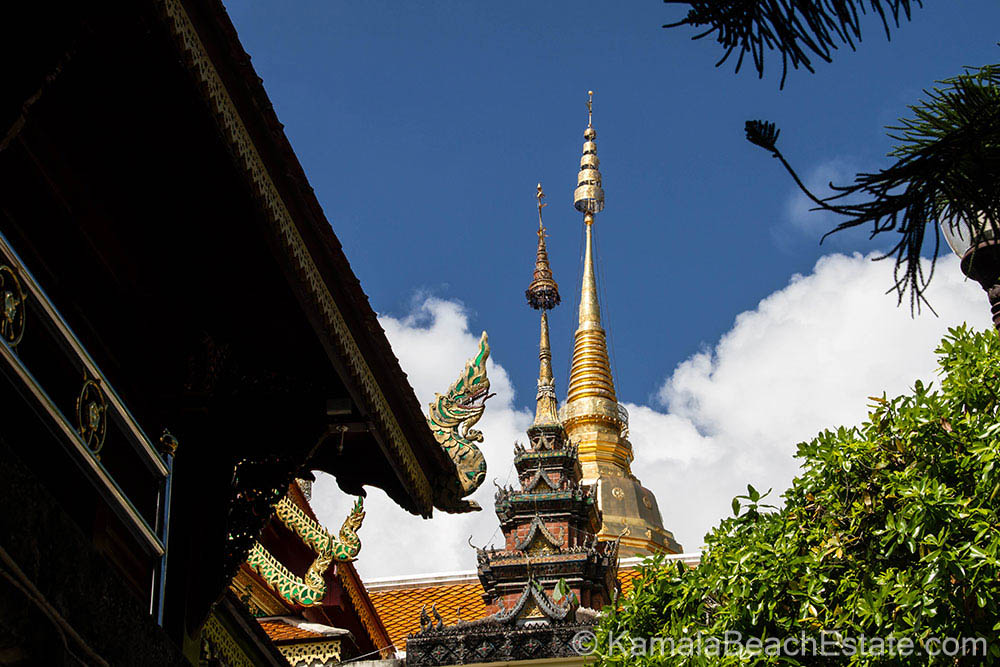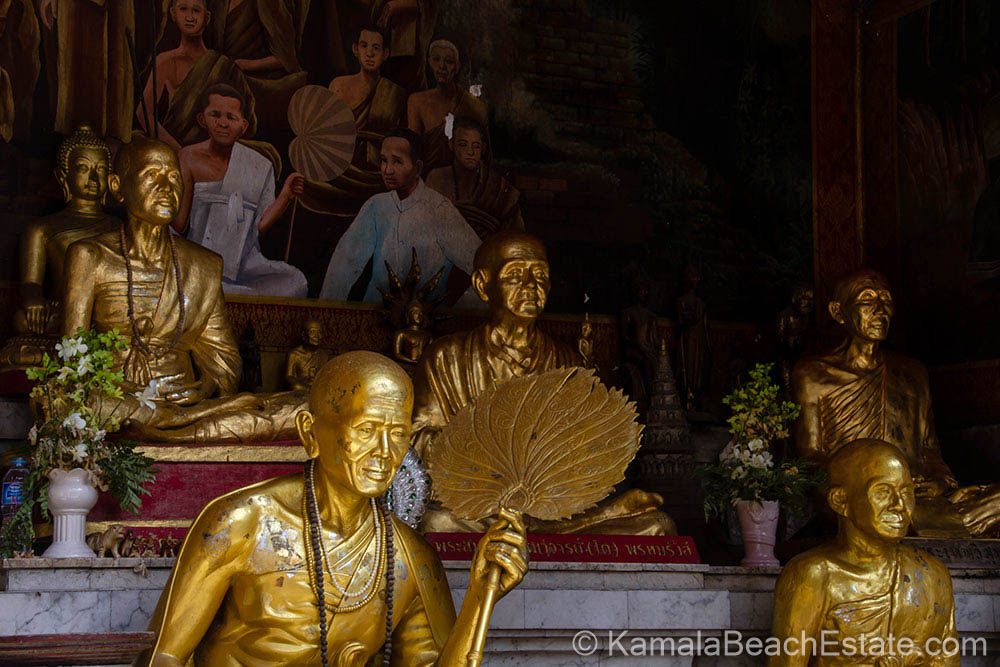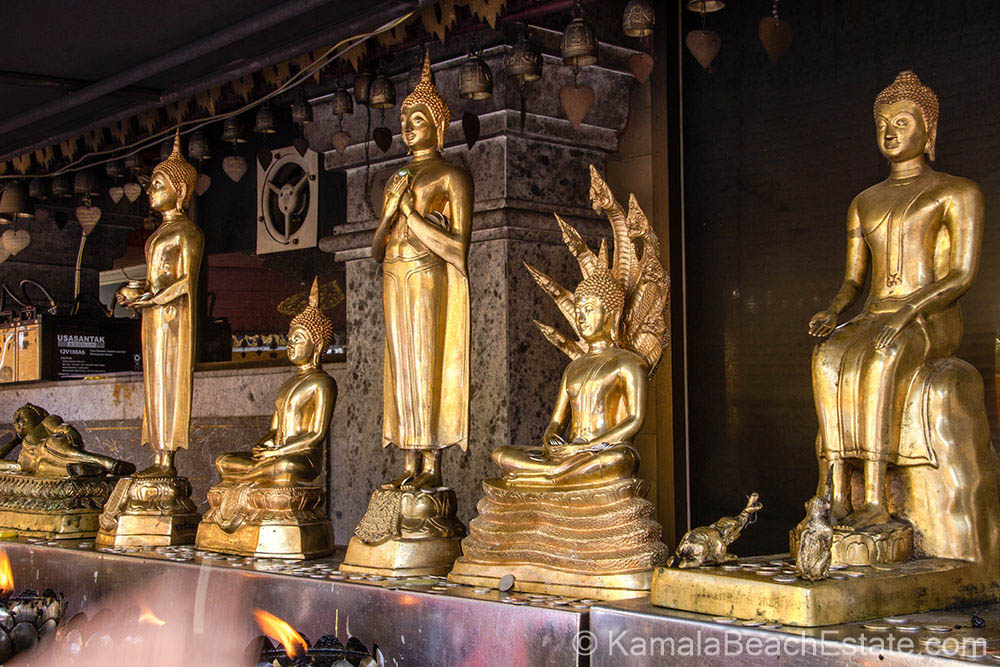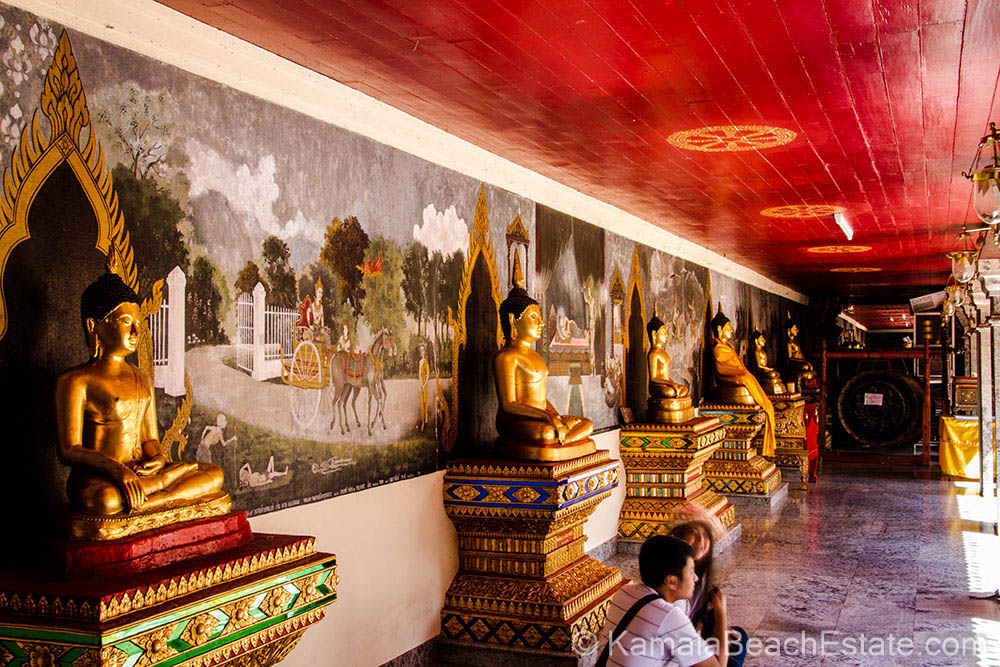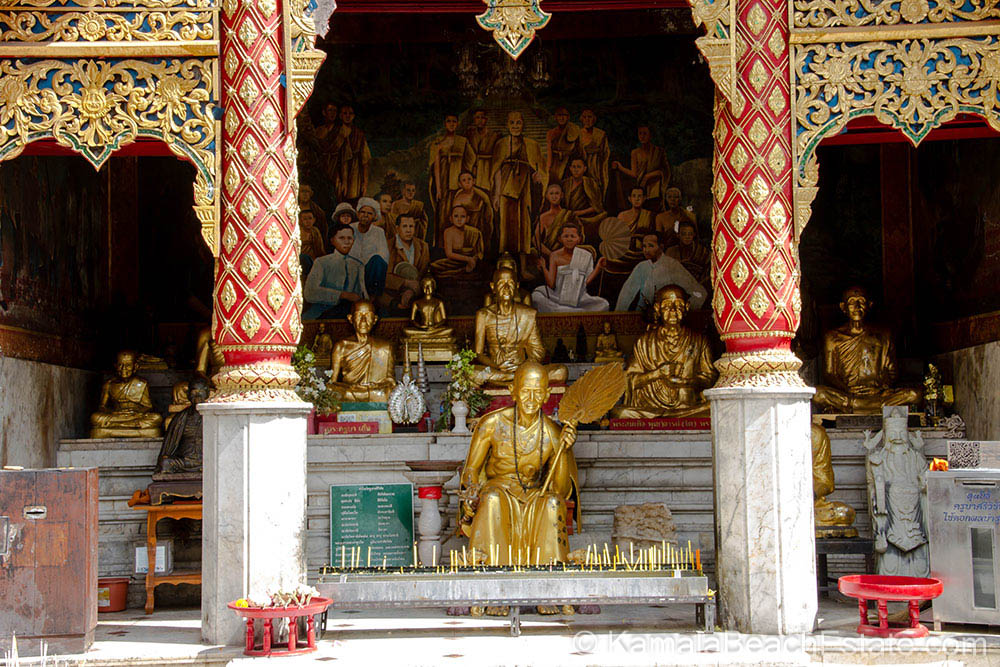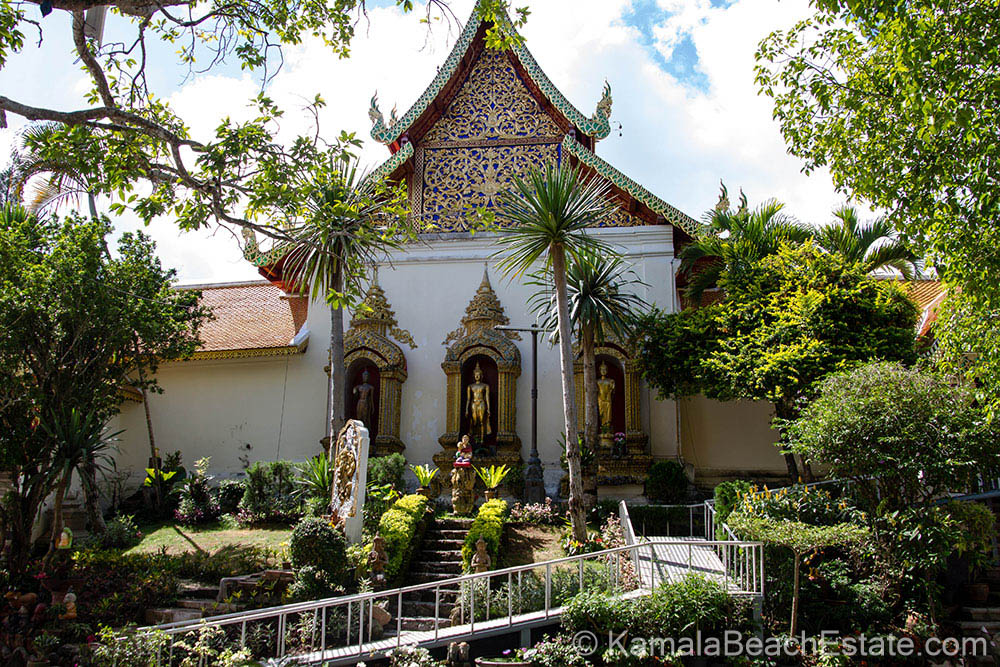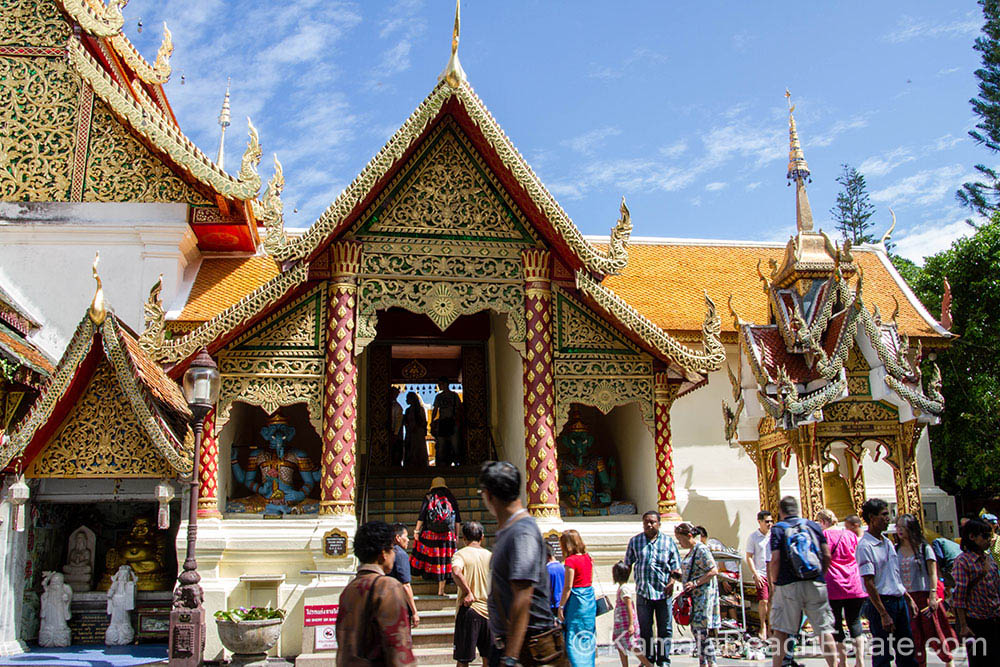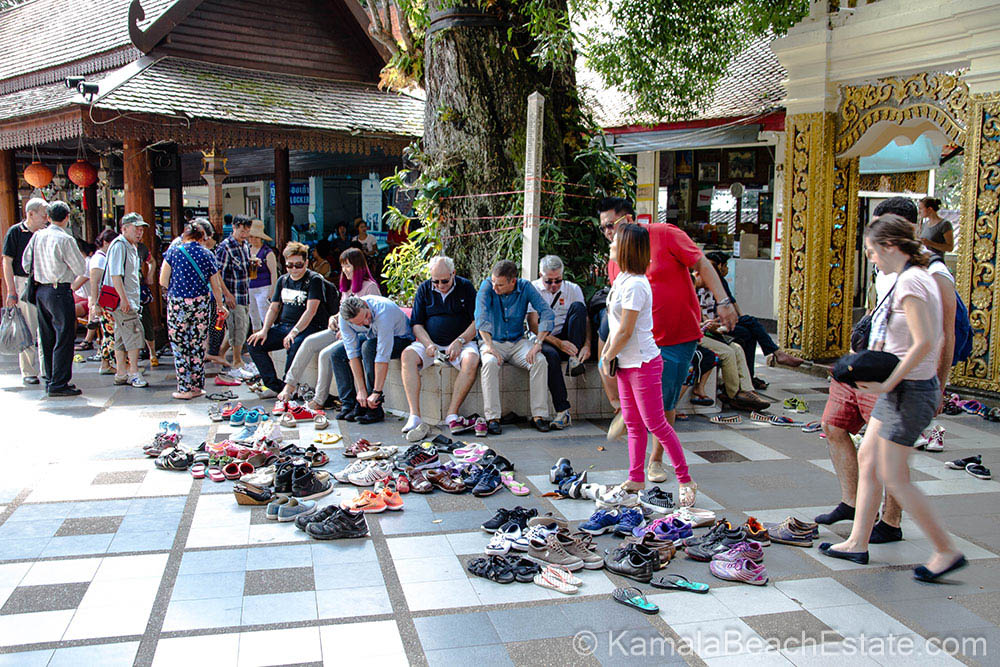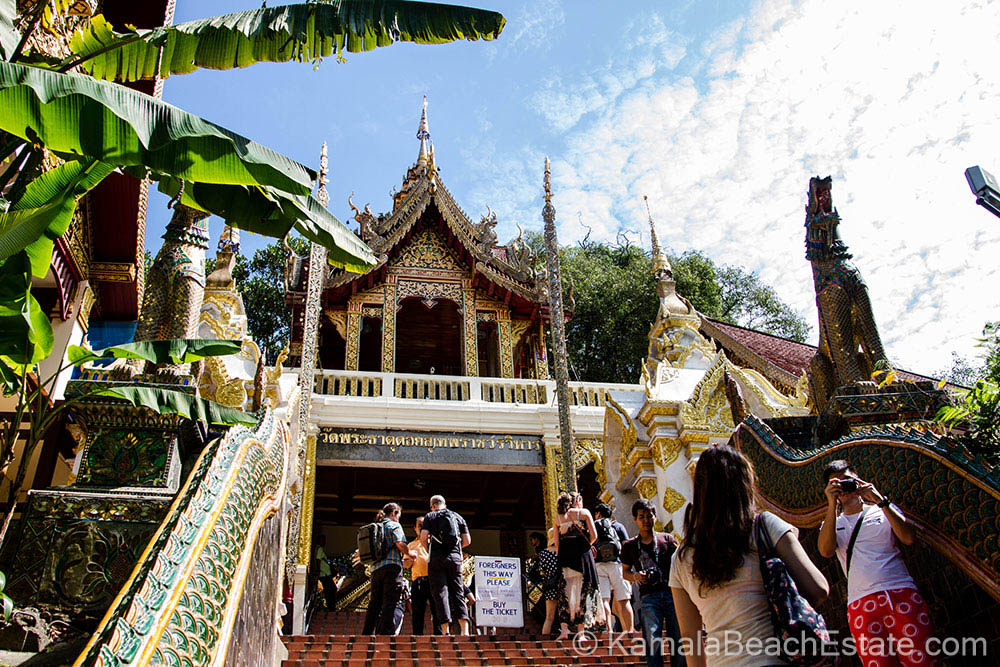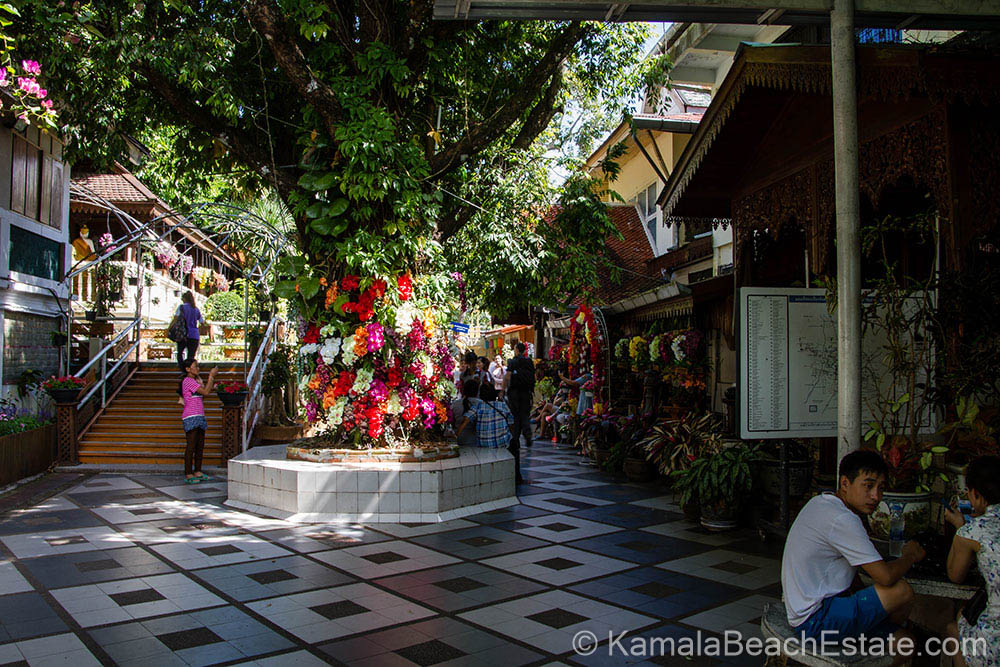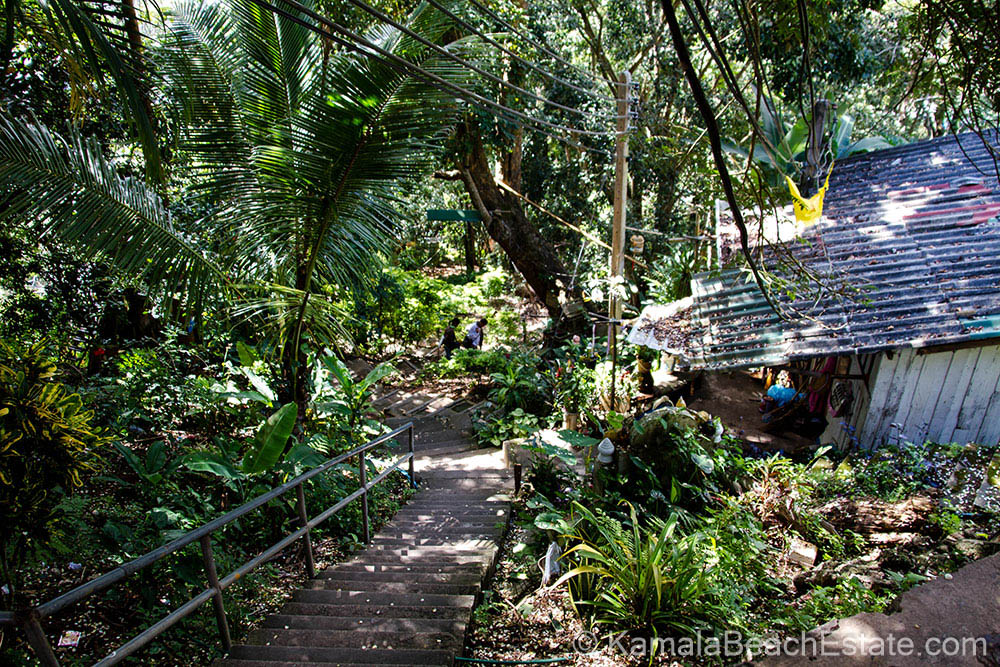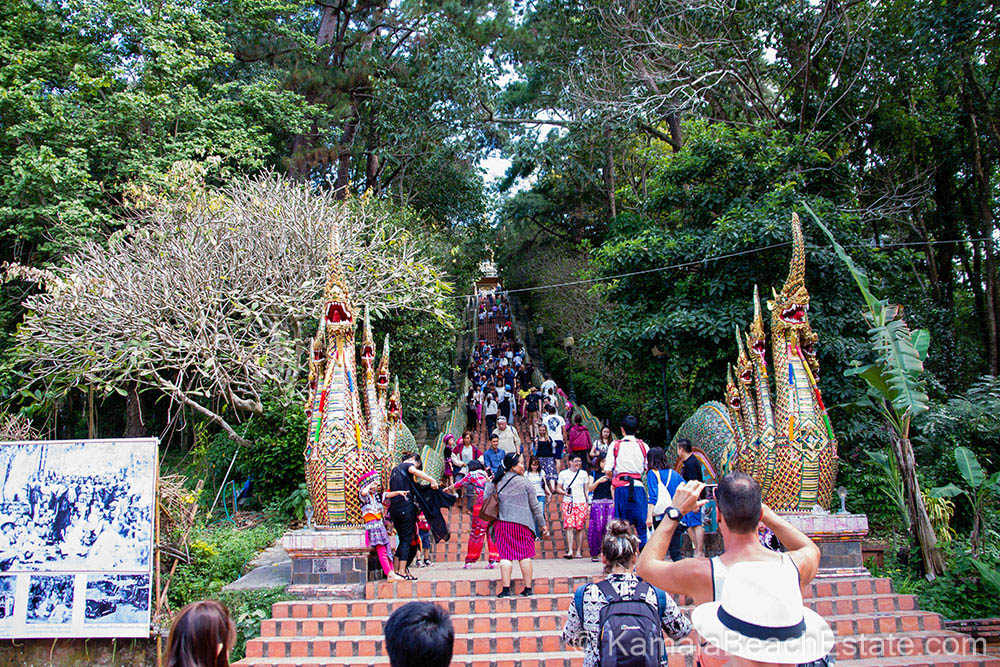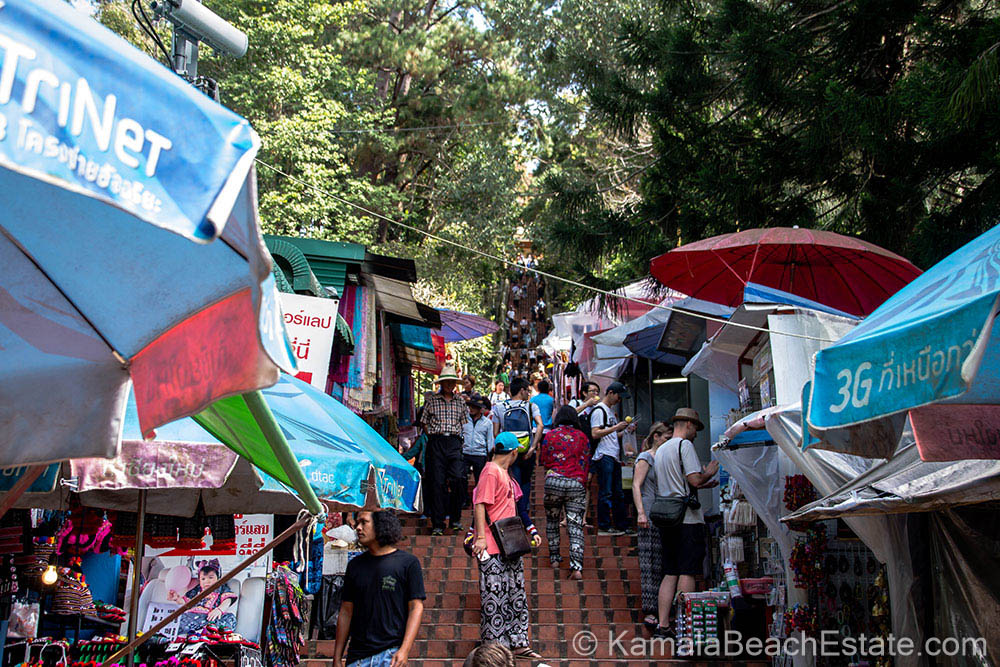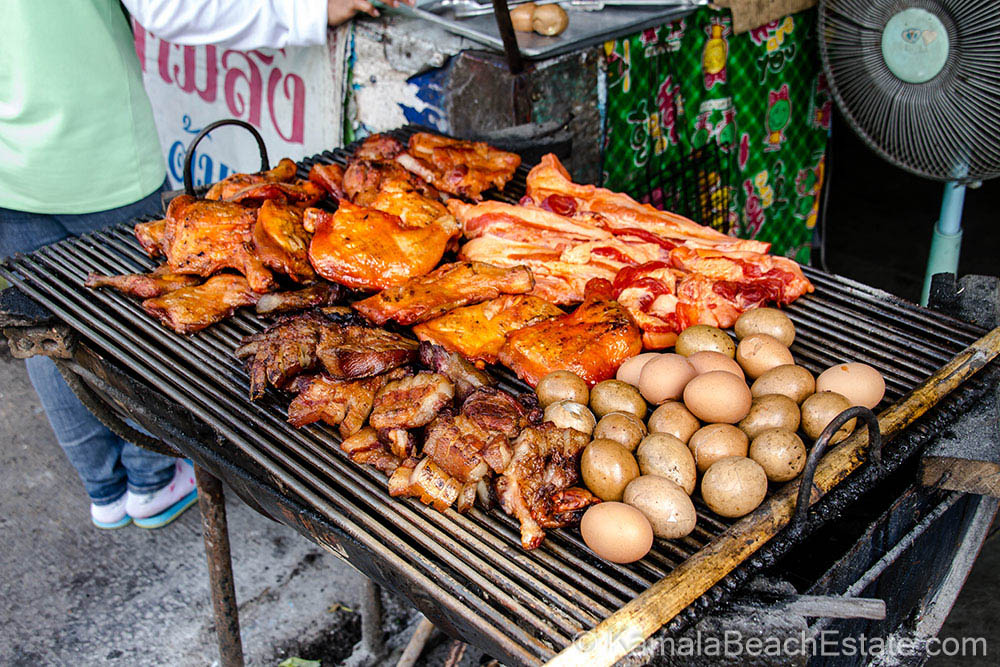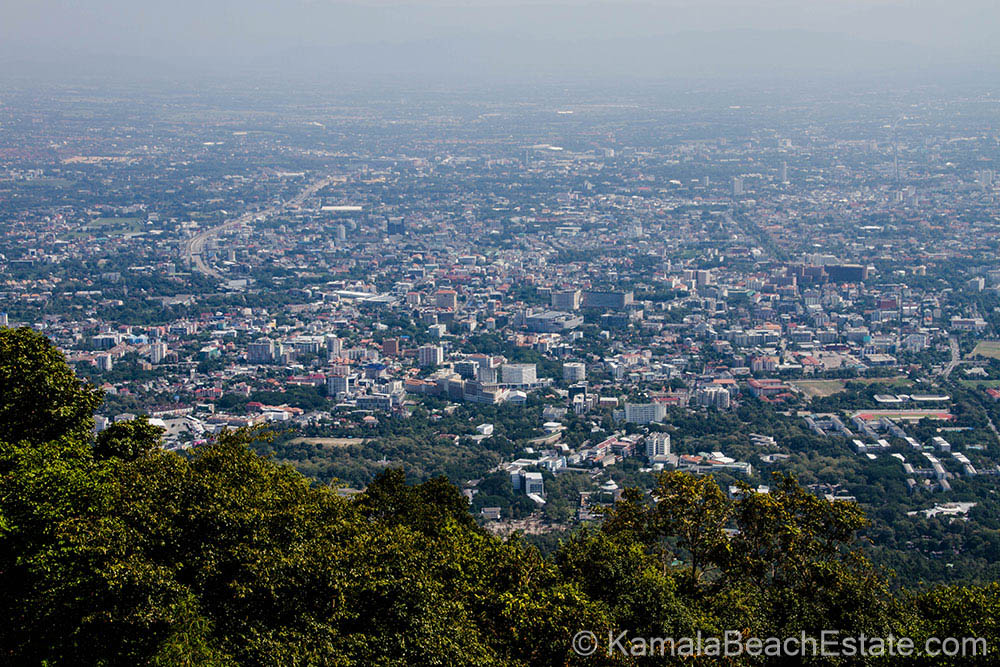Wat Phra That Doi Suthep: A Journey to Chiang Mai’s Sacred Temple
Wat Phra That Doi Suthep: A Journey to Chiang Mai’s Sacred Temple
Nestled high above the vibrant city of Chiang Mai, Wat Phra That Doi Suthep is a breathtaking Buddhist temple and one of Thailand’s most revered sacred sites. Known for its iconic golden chedi, panoramic views, and rich cultural significance, this temple symbolizes the region’s deep spiritual roots. Whether you’re a traveler seeking serene landscapes or a spiritual pilgrim, visiting Doi Suthep temple offers a profound connection to Northern Thailand’s culture and history.
This guide will cover everything you need to know about Wat Phra That Doi Suthep—its history, spiritual importance, and practical advice on making the most of your visit. Whether you’re intrigued by the legend of the white elephant or simply looking for the best view of Chiang Mai, this article promises a comprehensive journey into the heart of Thailand’s sacred mountain.
- What Makes Wat Phra That Doi Suthep Special?
- How to Get to Wat Phra That Doi Suthep: A Travel Guide
- The Legend of the White Elephant and the Founding of the Temple
- What to Expect: Exploring the Temple Grounds
- The Golden Chedi: A Closer Look
- Who Was Phra That? A Look at the Temple’s Relic
- Can You Meet a Monk at Wat Phra That Doi Suthep?
- Hiking the Monk’s Trail: A Scenic Journey to the Temple
- Other Attractions Near Doi Suthep: Bhubing Palace and Wat Pha Lat
- Visitor Tips: Best Time to Visit, Entrance Fee, and Etiquette
What Makes Wat Phra That Doi Suthep Special?
Wat Phra That Doi Suthep is often called the “jewel of Chiang Mai.” Perched on the slopes of Doi Suthep Mountain, the temple offers more than just a magnificent view of Chiang Mai. It is a Buddhist temple that dates back to 1383 and is steeped in Northern Thai history. Its brilliant golden chedi, intricate carvings, and sacred relics make it a must-visit for anyone traveling in Northern Thailand.
The temple grounds are home to a serene atmosphere, where the scent of incense and the sound of temple bells create a deeply spiritual environment. Visitors often come not only for the awe-inspiring architecture but also to seek blessings from monks, admire the Buddha statues, and partake in traditional Thai customs.
How to Get to Wat Phra That Doi Suthep: A Travel Guide
The journey to Wat Phra That Doi Suthep is part of the experience. Located just 15 kilometers from the city of Chiang Mai, the temple is easily accessible by various means of transport.
- Songthaews (red trucks) are the most popular option and cost around 40-60 baht per person.
- You can also rent a motorbike and enjoy the winding road to the temple in Chiang Mai, or take a more adventurous route by hiking the Monk’s Trail.
- Once you arrive at the base of the temple, you’ll need to ascend the famous Naga staircase, which consists of 306 steps.
Whether you choose the scenic way to Doi Suthep via hiking or a motorized option, the journey is rewarded by the temple’s beauty and panoramic view of Chiang Mai.
The Legend of the White Elephant and the Founding of the Temple
According to legend, Wat Phra That Doi Suthep owes its location to a white elephant that played a pivotal role in its founding. In 1383, a revered relic, believed to be a shoulder bone of the Buddha, broke into two pieces. One piece was enshrined at Wat Suan Dok, while the other was mounted on the back of a white elephant.
The elephant is said to have climbed the mountain known as Doi Suthep and, after reaching a certain spot, trumpeted three times before peacefully passing away. This event was seen as an auspicious sign, and the location became the site for the construction of a temple—which is now Wat Phra That Doi Suthep.
This story is a beautiful reminder of the deep spirituality of the Thai people and their connection to nature and religious relics.
What to Expect: Exploring the Temple Grounds
When you arrive at Doi Suthep temple, the first thing you’ll notice is the grand Naga staircase flanked by dragon-like serpents. The ascent may be challenging, but it adds to the temple’s sense of pilgrimage. Once at the top, the entire temple complex reveals itself.
The central highlight is the golden chedi, which is a striking feature of the temple. The shrine surrounding the chedi is adorned with intricate statue carvings, and visitors often light incense and offer flowers in homage to the Buddha.
Apart from the main pagoda, there are smaller shrines dedicated to various deities and famous Buddha statues. You can also enjoy peaceful moments in the temple grounds, soaking in the tranquil atmosphere.
The Golden Chedi: A Closer Look
The golden chedi is the heart of Wat Phra That Doi Suthep. This stunning spire gleams under the sunlight and houses a Buddha relic—one of the holiest objects in Northern Thailand. The pagoda is surrounded by a platform where visitors can walk around, offering prayers and paying respects.
The chedi is said to have been established in 1383, and over the centuries, the temple has expanded, adding various features to its design. Today, it stands as a symbol of both devotion and the cultural heritage of the Lanna Kingdom.
Who Was Phra That? A Look at the Temple’s Relic
The name Wat Phra That Doi Suthep refers to the sacred relic enshrined within the temple—a part of the Buddha’s shoulder bone. This relic is believed to possess mystical powers and is the reason the temple was built on Doi Suthep Mountain. Pilgrims from all over Thailand and beyond come to offer their respects and meditate in its presence.
Can You Meet a Monk at Wat Phra That Doi Suthep?
Yes, many visitors seek the opportunity to meet a monk at Wat Phra That Doi Suthep for blessings or meditation. The monks at the temple often bless visitors with holy water, offering a glimpse into Thai Buddhist practices.
Remember to cover your shoulders and dress modestly when visiting the temple, as it is a sacred site.
Hiking the Monk’s Trail: A Scenic Journey to the Temple
For those looking to add adventure to their spiritual journey, hiking the Monk’s Trail is an excellent option. This trail, also known as the way to Doi Suthep, offers a beautiful walk through the forest, starting near Chiang Mai University. Along the way, hikers pass through Wat Pha Lat, a hidden jungle temple that exudes tranquility.
The hike up the Monk’s Trail is both scenic and spiritual, providing a sense of peace that complements the visit to Wat Phra That Doi Suthep.
Other Attractions Near Doi Suthep: Bhubing Palace and Wat Pha Lat
Beyond Wat Phra That Doi Suthep, visitors can explore other notable attractions on Doi Suthep Mountain. Bhubing Palace, the royal winter residence, is open to the public when the royal family is not in residence, offering beautiful gardens and cool mountain air.
Additionally, Wat Pha Lat, a quiet and lesser-known Buddhist temple, can be visited along the hiking trail or by road. It provides a peaceful escape from the more touristy spots.
Visitor Tips: Best Time to Visit, Entrance Fee, and Etiquette
- Best time to visit: Early morning or late afternoon, when the light is soft and the crowds are thinner.
- Entrance fee: Around 30 baht for foreigners.
- Dress code: Be sure to cover your shoulders and legs as a sign of respect.
- Getting there: Red trucks, motorbikes, and hikes via the Monk’s Trail are popular ways to get to Wat Phra That Doi Suthep.
Key Takeaways
- Wat Phra That Doi Suthep is a spiritual and cultural icon of Northern Thailand, dating back to 1383.
- The white elephant legend plays a central role in the temple’s founding.
- The temple is famous for its golden chedi, breathtaking views, and the relic of the Buddha it houses.
- Hiking the Monk’s Trail adds a scenic adventure to the pilgrimage experience.
- Nearby attractions include Bhubing Palace and the serene Wat Pha Lat.
By following these insights, you can fully immerse yourself in the sacred beauty and history of Wat Phra That Doi Suthep and make your visit to Chiang Mai a deeply enriching experience.


